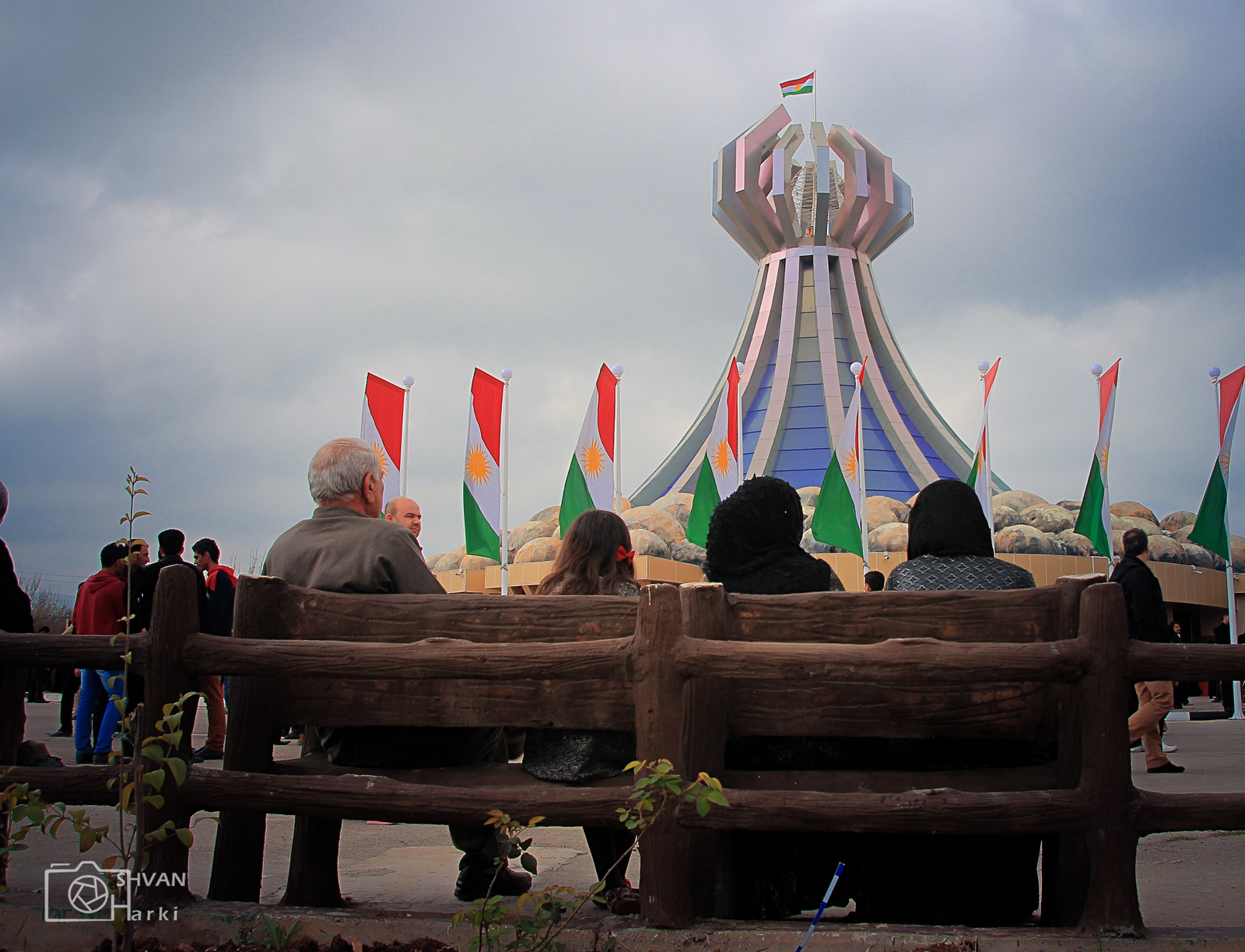
Halabja is located about 150 miles (240 km) northeast of Baghdad and 8–10 miles from the Iranian border. The city lies at the base of what is often referred to as the greater Hewraman region stretching across the Iran-Iraq border. The Kurds in the city of Halabja generally speak only the Sorani dialect of Kurdish, but some residents of the surrounding villages speak the Hewrami dialect.
On Halabja has a long history. The cemetery includes the tombs of several historical figures, such as Ahmed Mukhtar Jaf, Tayar Bag Jaf and Adila Khanim. In August 2009, three 17th century tombs were discovered in the Ababile district of the town. March 16, 1988, Saddam Hussein ordered the use of chemical weapons in attacking 24 villages in the Kurdish region beginning with Halabja. At least 5,000 people died as an immediate result of the chemical attack and it is estimated that a further 7,000 people were injured or suffered long term illness. Before the war ended the Iraqis moved in on the ground and completely destroyed the town.
In March 2010, the Iraqi High Criminal Court recognized the Halabja massacre as genocide. Saddam was executed for other crimes just before he was to be tried in Kurdistan for his acts of atrocity – learn why. Today the city lives again – testimony to the Kurds amazing resilience and ability to survive the most brutal assault on their people and culture. The Halabja Museum and Memorial Cemetery is both fascinating and moving.
Unfortunately, the Guide to Kurdistan is no longer available. Only a few of the 20,000 copies originally printed remain.
The exciting news is that we are introducing two unique guides-a revised edition of the Kurdistan Guide and the first ever full-color Guide to the Republic of Iraq. These two volumes will not only cover more than 500 archeological sites but also delve into the fascinating cultures of Iraq, such as the Yezidis and the Marsh Arabs.
The guides will be published initially in three languages, along with an electronic version, and will feature the latest mapping technology and other innovative features. While there are a few smaller guides to the region, none have ever presented Iraq in the manner in which these elegant two-volume guides will.
Upon completion, the Guides will be launched in several locations worldwide, including London, Washington DC, and locally in Erbil and Baghdad, Iraq. The launches will be coordinated with a public relations campaign aimed at bringing the wonders of Iraq to the world and the world to the wonders of Iraq.
The new set of Guides will be published in late 2025. Much of the production work has been completed, and we are now at a crucial stage of obtaining sponsors for this approximately two million USD project. Please sign up below if you wish to be notified when the Guide is available. t box. Click again or double click to start editing the text.